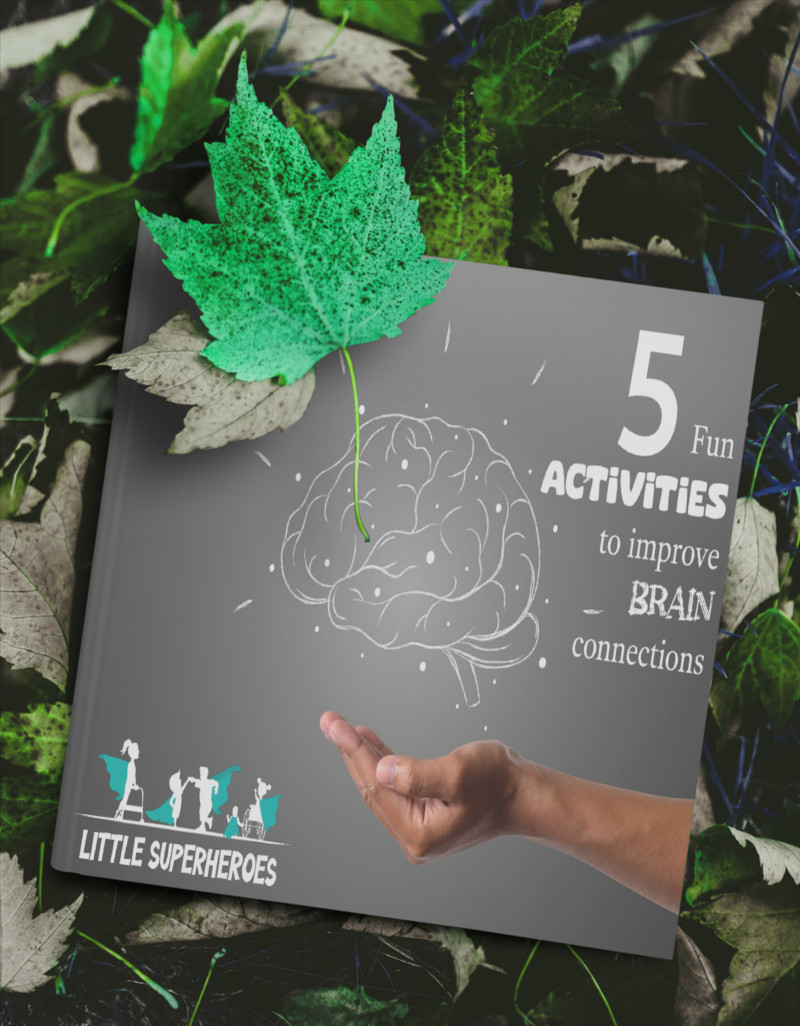Tips for Parents: Building Calm and Confidence for Your Child
Create a Pre-Emptive Plan
Before entering potentially overwhelming environments like grocery stores or family gatherings, talk through the day with your child. Explain what they might experience and discuss what to do if they start to feel overwhelmed. Knowing what to expect gives them a sense of control.
Practice Scenarios at Home
If a particular environment, like the grocery store, is challenging, try a practice run at a quieter time. This helps your child build confidence and familiarity, reducing anxiety when they encounter it in real life.
Use Sensory Tools
Bring along items like noise-cancelling headphones or a fidget toy as a backup. These tools can help your child self-regulate when things get too overwhelming.
Incorporate a Daily Sensory Diet
Including sensory activities throughout the day can make a big difference. Activities like morning stretches, midday movement breaks, or deep pressure exercises can help balance sensory input, making children more resilient to overstimulation.
Set Boundaries with Electronics
Electronics can be highly stimulating. Establish boundaries, especially before bedtime, to ensure your child isn’t overly stimulated by screens. Encourage sensory breaks between screen time to help them reset.
Tips for Teachers: Creating a Sensory-Friendly Classroom
- Offer Flexible Seating and Quiet Spaces
- Create a designated quiet area in the classroom where children can go if they feel overstimulated. Giving them a space to retreat to helps them regain control over their sensory input.
- Schedule Movement Breaks
- Include short, structured movement breaks throughout the day. Simple exercises like stretching or jumping in place can release built-up energy and help students refocus.
- Adjust Lighting and Add Calming Sounds
- Consider dimmer lighting or soft background sounds like nature noises. This can create a calming atmosphere and reduce sensory overload, helping children feel more comfortable in the classroom.
- Introduce Mindfulness Exercises
- Teach students simple mindfulness techniques, such as bubble breathing (imagining blowing the world’s biggest bubble) or a body scan. These exercises help children manage moments of sensory overwhelm and develop emotional regulation skills they can use anywhere.
Mindfulness Techniques for Calming the Mind
- Bubble Breathing: Guide your child to imagine blowing the world’s biggest bubble as they take a slow, deep breath. This exercise helps slow down and calm their nervous system.
- Body Scan: Before bed, have your child focus on relaxing each part of their body. This not only calms them in the moment but also builds emotional regulation skills over time.
Nutrition and Hydration: The Role of Diet in Sensory Regulation
- Stay Hydrated
- Encourage your child to drink water regularly, especially after physical activities. Hydration supports the brain’s processing abilities, helping it better manage sensory input.
- Limit Sugary Foods
- Foods high in sugar, like many breakfast cereals, can cause energy spikes and crashes, making children more susceptible to overstimulation. Instead, focus on whole foods, such as fruits, vegetables, proteins, and healthy fats, to keep their energy levels stable.
Creating a Sensory-Friendly Home
- Lighting: Use dimmer switches or softer bulbs to avoid harsh lighting.
- Comforting Textures: Add soft items like fleece blankets or rugs.
- Electronics Boundaries: Limit screen time and ensure there are breaks between electronic activities to help reset and avoid sensory overload.
















